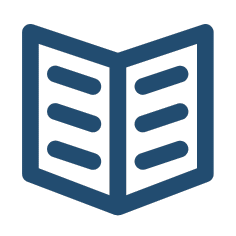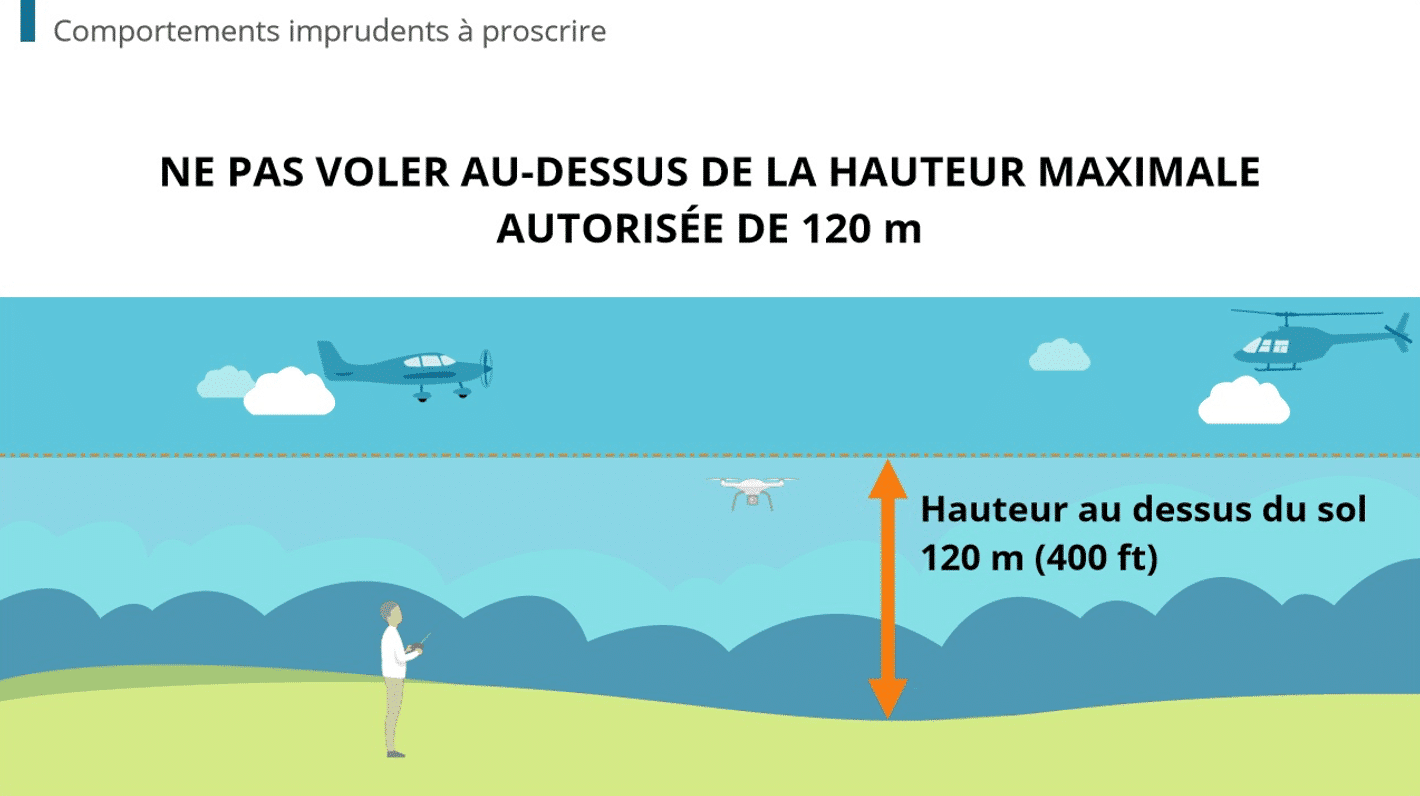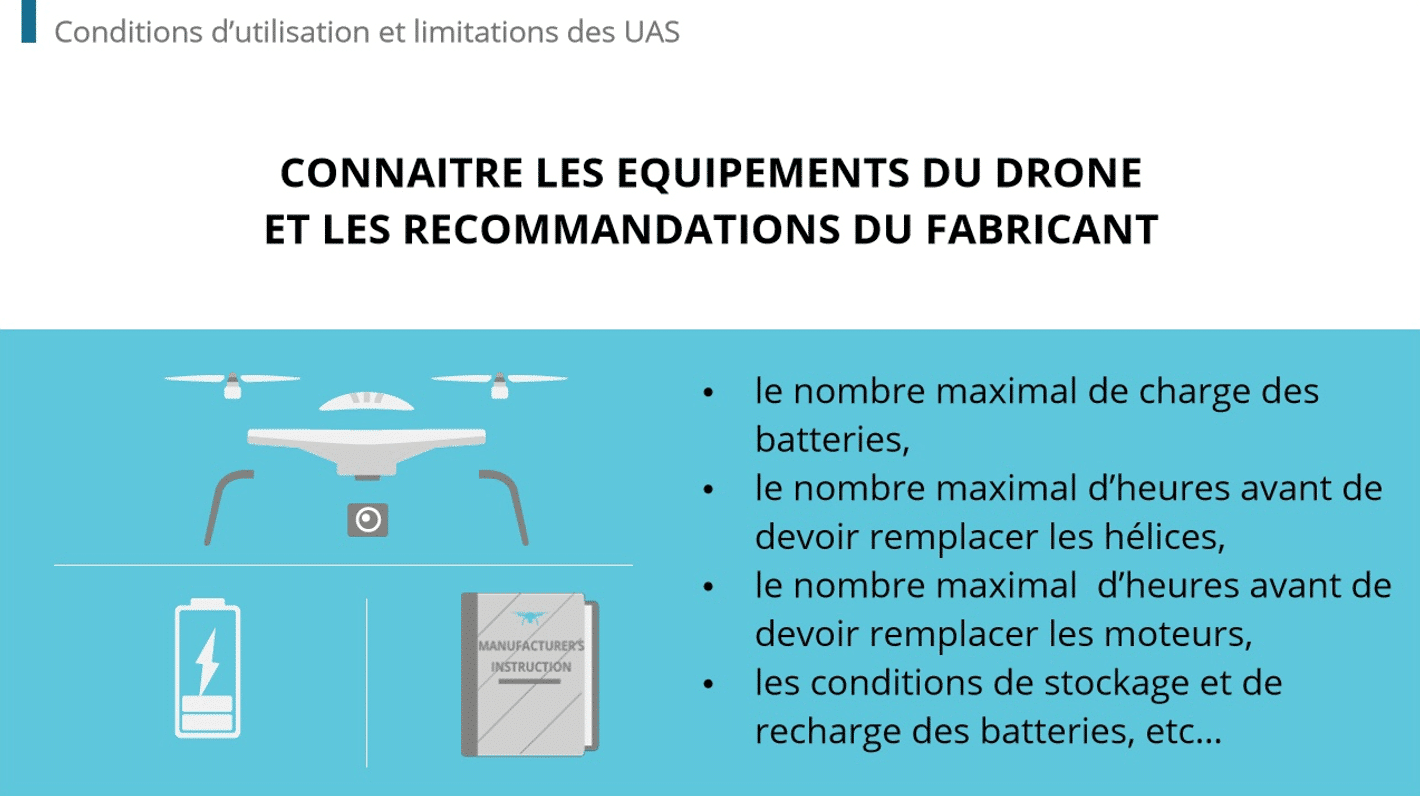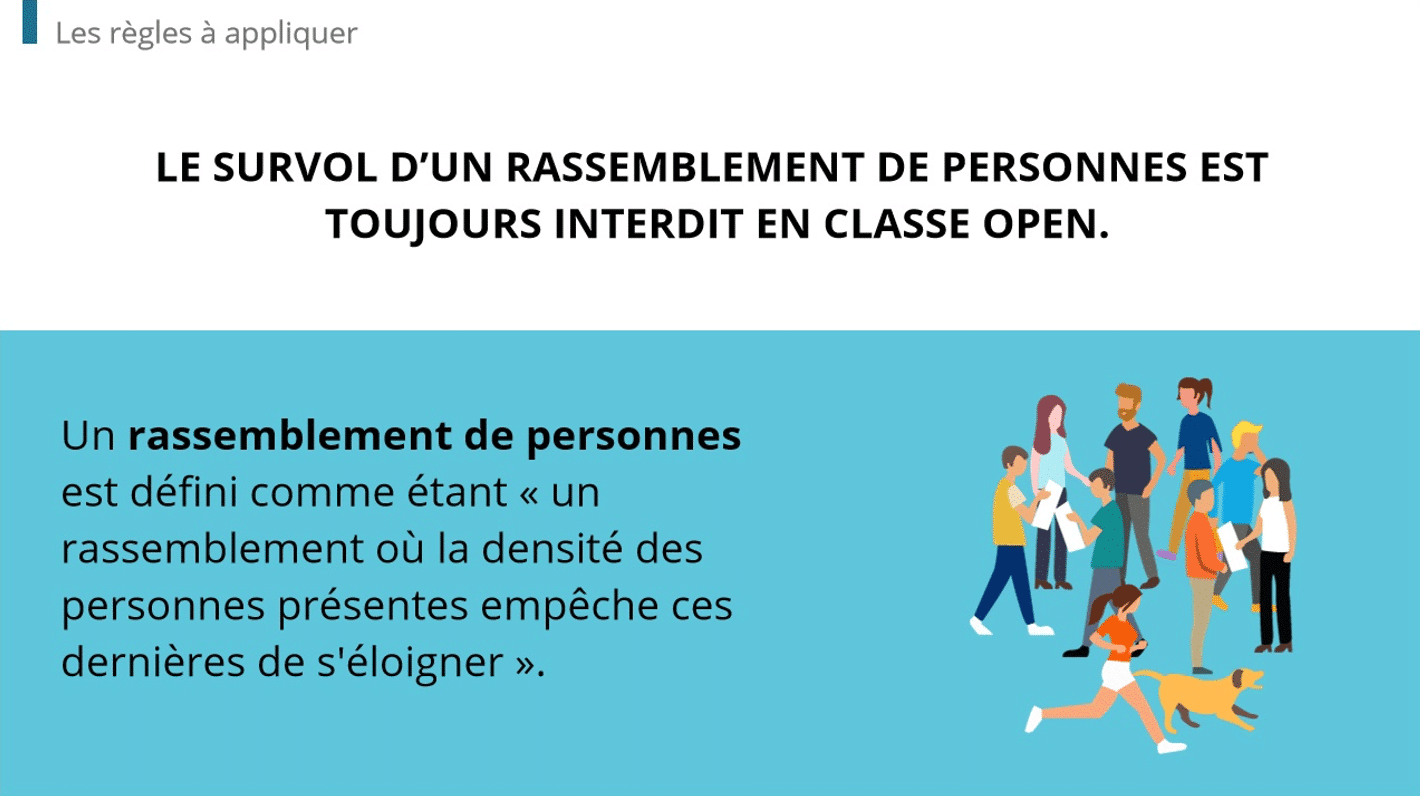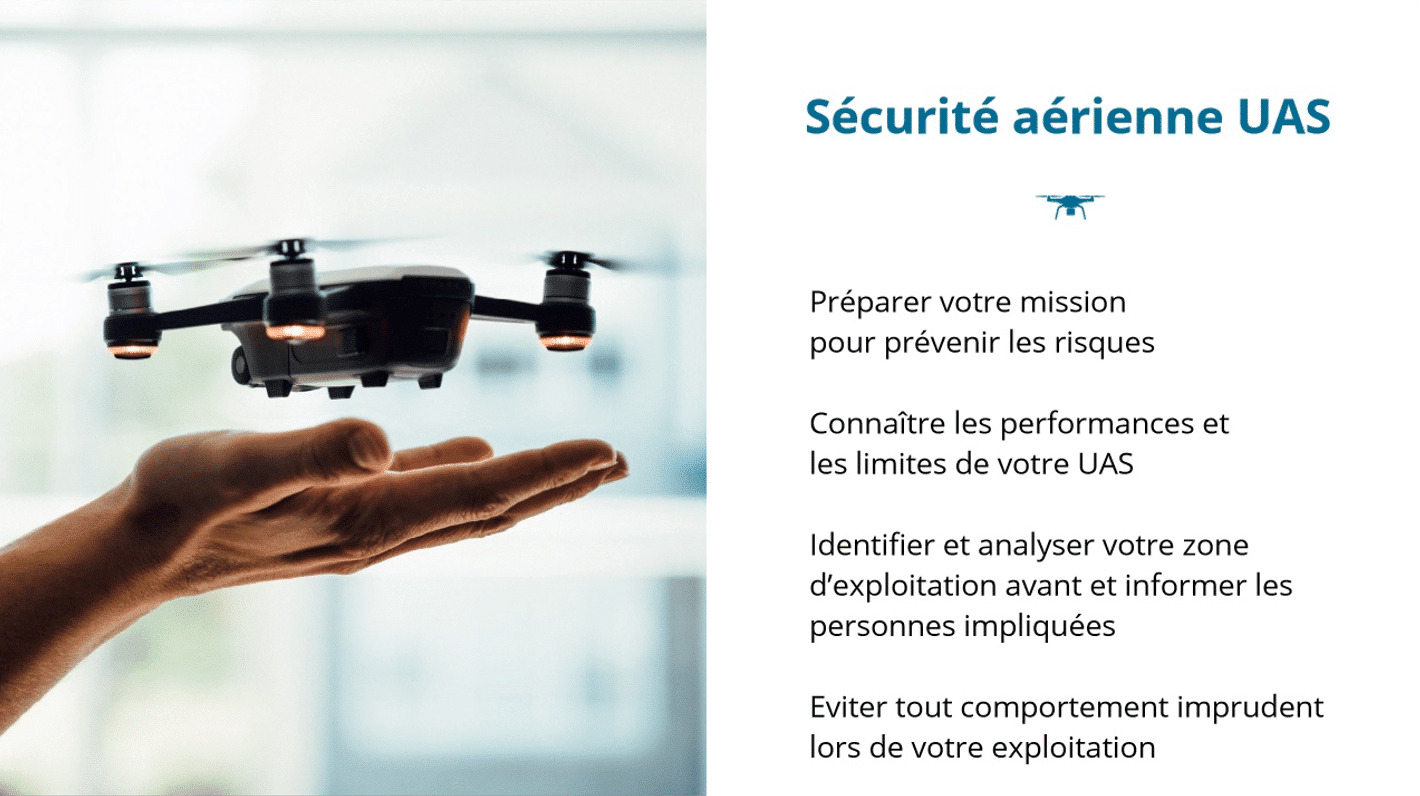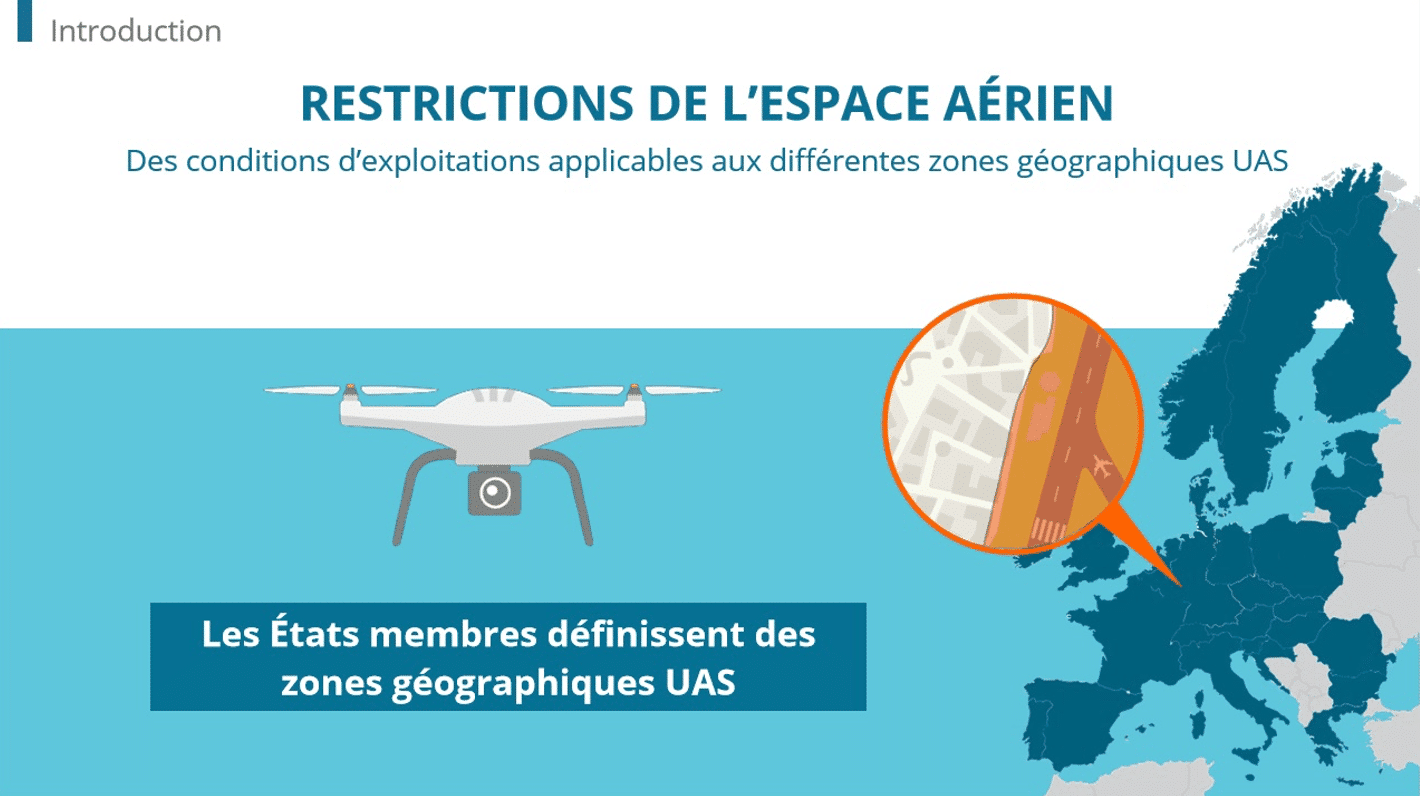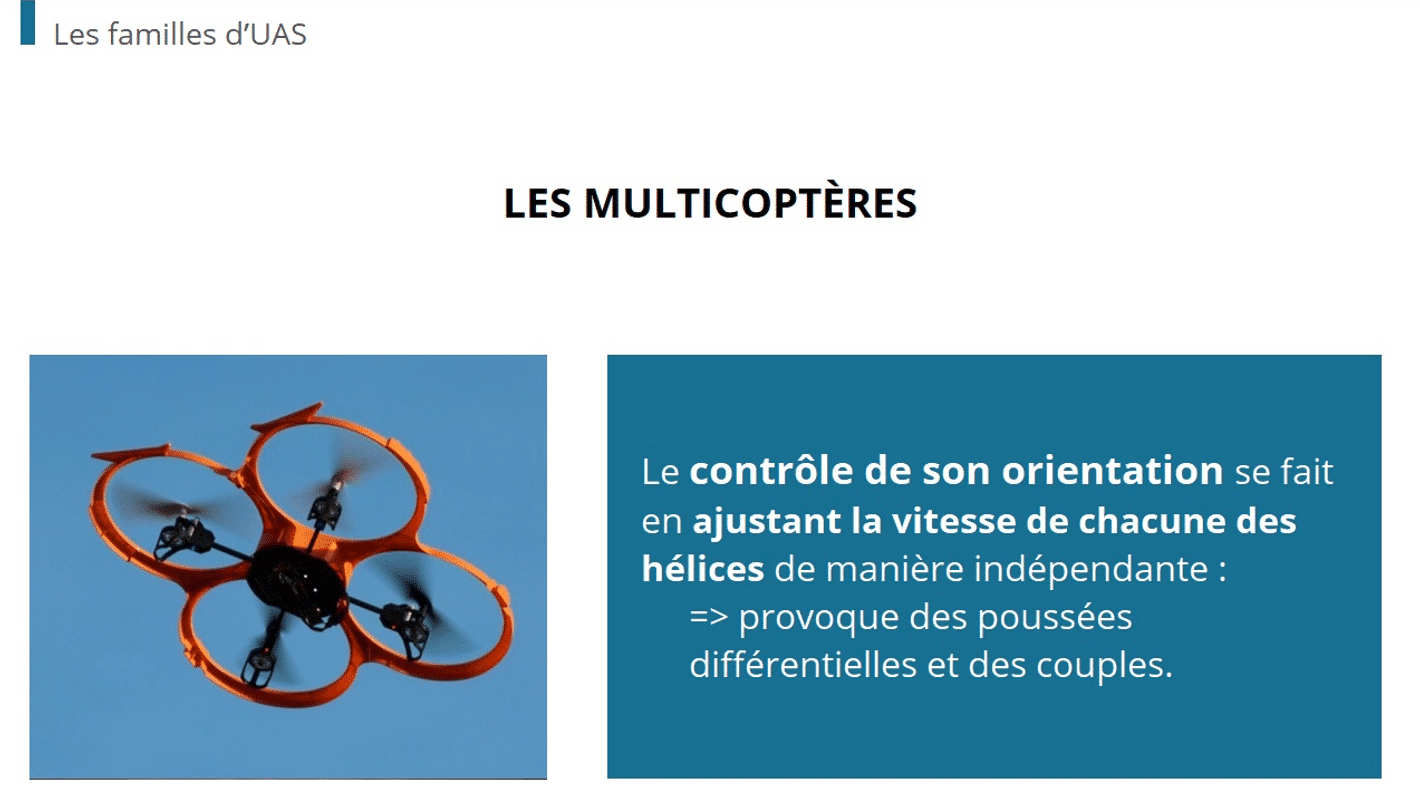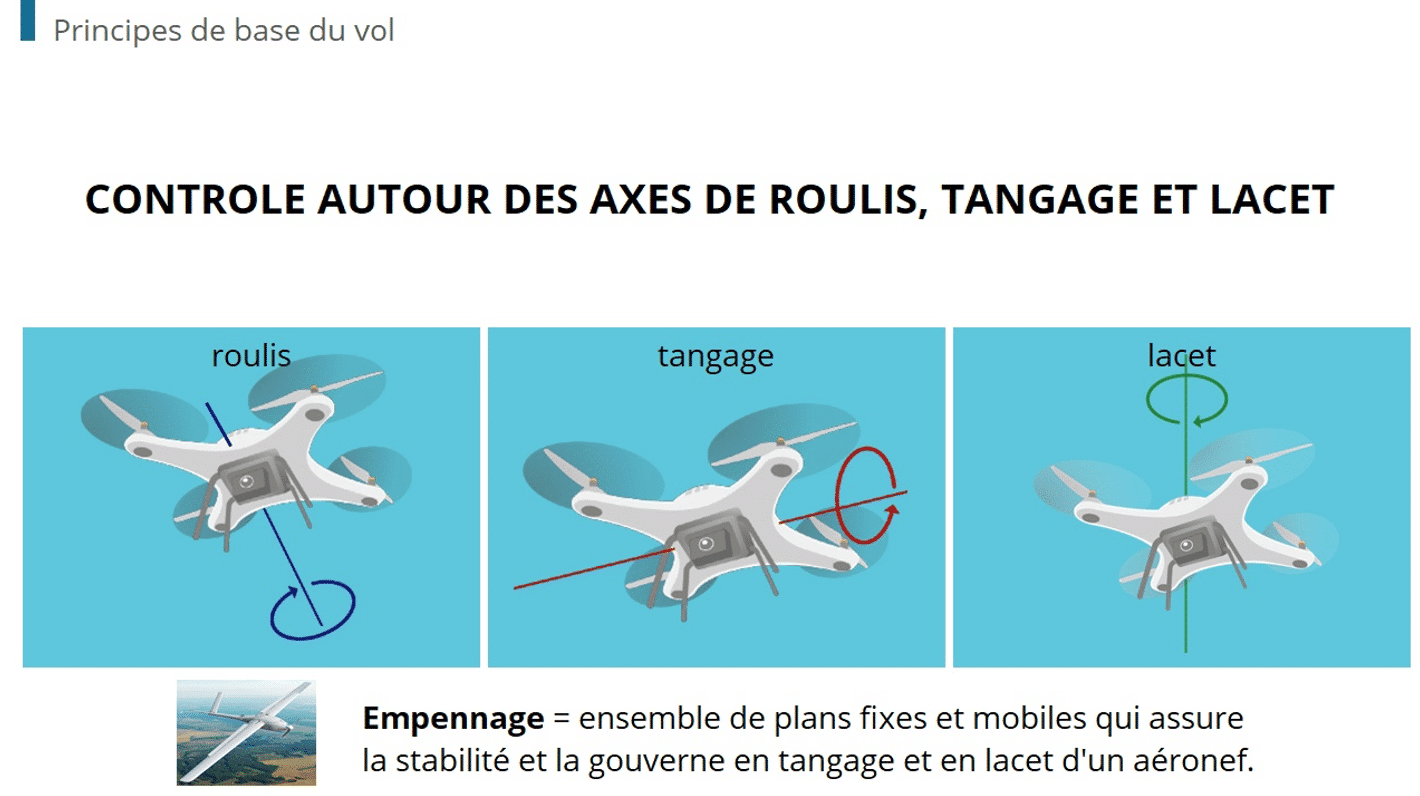With AI implementations come many questions. Does it require sophisticated IT skills? Will it replace human employees? AI is amazingly versatile in corporate digital learning; it can be likened to a Swiss army knife with its all-in-one solution. However, with the advantages also come challenges. A realistic AI adoption plan must consider the pros and cons. A balanced view will help you navigate the AI rollout and tackle issues as they arise. At Dokeos LMS, we like transparency. It is a tremendous opportunity for automation and time-saving in training creation. But we’re also aware of potential risks.
Pros of AI-based training
AI provides strategic advantages when you leverage your LMS’ full suite of tools and machine learning features. Here are the potential benefits of AI adoption in corporate education.
Drives microlearning
Microlearning refers to learning broken into smaller and more digestible portions. The aim is to reduce learner fatigue by releasing courses in bite-sized chunks. If using videos, for instance, AI can transcribe the narration, and learners can enter keywords and be instantly taken to the section of the video or text transcription where the keyword was mentioned. This reduces time spent on searching and navigation.
Protect staff data
AI can perform routine malware scans. Furthermore, with machine learning for cybersecurity, the system can alert HR of possible fraudulent activity by detecting abnormal patterns. Examples include multiple failed log-in attempts or foreign log-in locations. The system can respond by taking precautionary measures, such as requiring all learners to update their password or completing a CAPTCHA test.
Reduce human error
As learners progress in their learning, their input is going to yield increasingly more data. The continued flow of data in real-time can be time-intensive for human personnel to monitor. Constant manual sorting of scores, assignments, and survey responses can lead to HR fatigue and increase human error.
Manual errors can be costly. In 2020, a seemingly minor mistake of misaligning an Excel spreadsheet led to 500,000 Virginia residents being mailed voting ballots with inaccurate information. Consequently, the county office had to pay double in printing and mailing costs.
Create diverse media from a single content source
Modern AI is capable of developing multiple media from a single source. Plug written content into an LMS, and the AI can generate different media, such as:
-
- Videos with AI-generated voiceovers
-
- Infographics
-
- Quizzes and questionnaires
Since Machine Learning is still evolving, some manual conversions will be required, but it’s still a significant timesaver for HR. The content is created, and human staff just need to flesh it out with some reviewing and editing.
Make educational content recommendations
Learning isn’t limited to content in the LMS. There’s rich material from other online sources like journals, .gov sites, and even YouTube videos. Machine Learning can make recommendations for further learning based on student behavior. For example, if a student spends a lot of time viewing videos from the course’s video library, AI can pull recommendations from YouTube, Vimeo, etc.
Assistive chatbots
Many e-commerce sites have chatbots that can assist visitors with various functions like site navigation, order inquiries, and log-in issues. Chatbots can be employed in a similar manner to aid staff. Automated chat functions can help learners throughout various stages of their corporate learning. AI chat can provide links to course archives, access student records and scores, and much more. For more detailed assistance, learners can request a live moderator at any time.
Cons of AI-based learning
AI adoption poses challenges as well, so implementation isn’t all roses and rainbows. Be mindful of these hurdles that may slightly complicate matters.
Privacy concerns
For AI to be accurate and provide more precise analytics, it needs A LOT of data. The more data the more concerns may arise regarding privacy. More personally identifiable information (PII) is also exposed in the event of a data breach. This makes transparency essential, and companies must fully disclose the information that will be collected.
Lack of human insight
AI in its current iteration cannot provide the full spectrum available with human assistance. It has limitations when collecting qualitative data, such as those from open-ended answers, essays, and unstructured information. It cannot, for example, grasp the value of personal anecdotes, such as inspiring life moments, overcoming adversities, etc.
Bias
Due to the aforementioned lack of human discernment, the data AI relies on can lead to biased decisions. A real-life case study includes Amazon’s use of AI when vetting tech applicants. Since most applicants were male, the AI downgraded female applicants, most notably when their resumes included the word “women” (i.e. host at Women’s Leadership Summit).
Strategically leverage the power of AI for corporate digital learning
AI isn’t a magic bullet that will transform your employees into impeccable leaders. However, with strategic and action planning that addresses the challenges, AI features in e-learning can be an invaluable tool for training that’s flexible, engaging, and scalable.
Dokeos new AI-generated questionnaires utilize the latest machine-learning capabilities. With few clicks, produce an industry-specific survey or quiz in seconds. Use intuitive and automated features, such as drag-and-drop and question/answer ordering generator. Our AI-produced questionnaires are a part of our comprehensive LMS, which has been used by hundreds of European and American firms since our founding.
Sign up for a free trial of Dokeos today!





